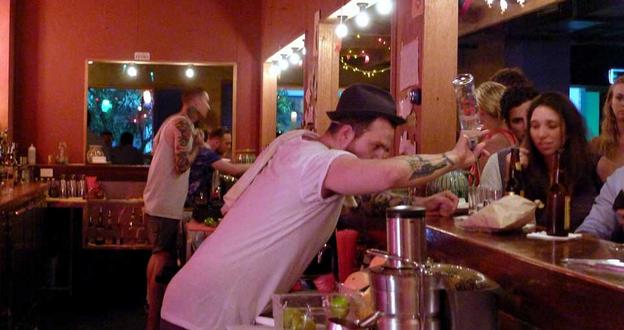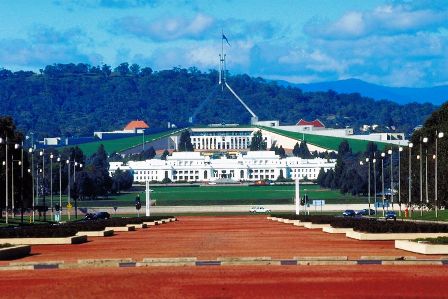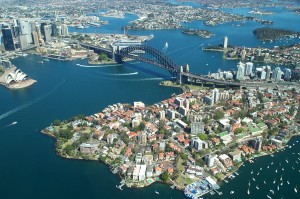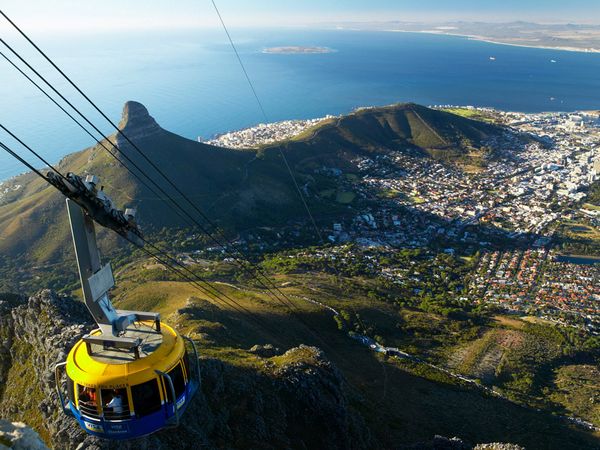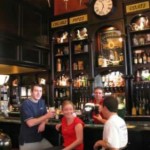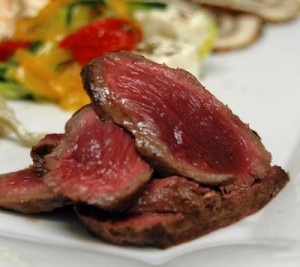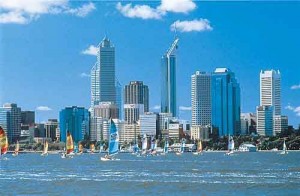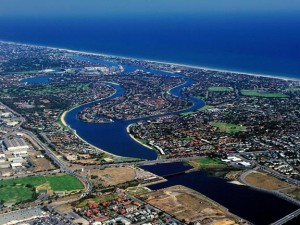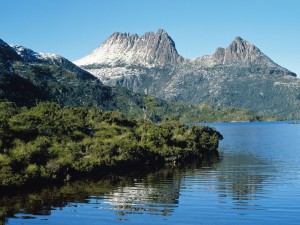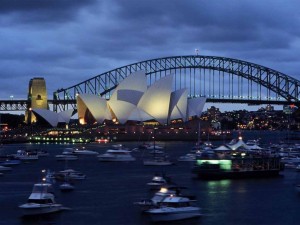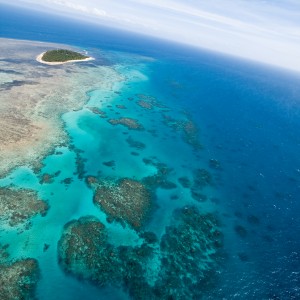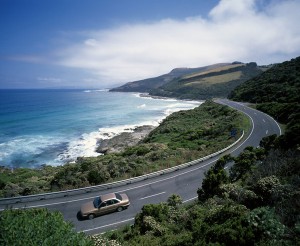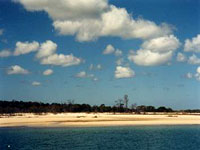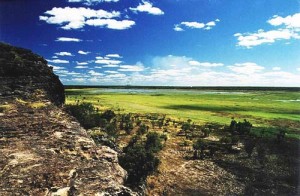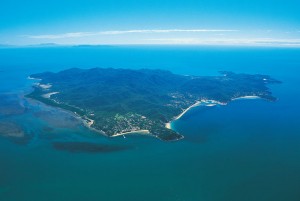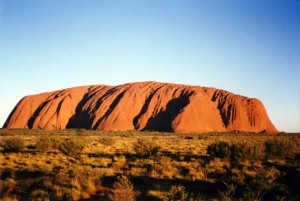Stretching across Australia’s northwest corner, the road from Darwin (one of Lonely Planet’s top 10 cities of 2012) to Broome runs through one of the world’s last great wildernesses. This is a land where there are areas larger than Ireland without a single town, where farmers lose dozens of cattle a year to crocodiles, and whole communities are cut off by flooding for months during the rainy season, known as ‘the wet’.
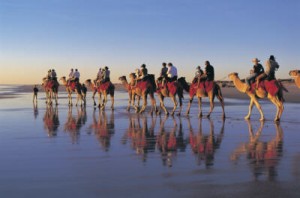 Cable Beach, Broome, W.Australia
Cable Beach, Broome, W.Australia
The Top End, as locals call this northern tip of Australia, is known for its characters: real ‘Ozzie battlers’, who came north to make their fortunes and never went south again. These are people to whom a fence ripped up by a wild buffalo, or a head-high flood, is as normal as a rush-hour traffic jam is to the rest of us.
The road from Darwin on the north coast to Broome in the west is a journey into the very fabric of Australia’s past: a mere 150 years or so of ‘whitefella’ history, and the quiet millennia when the Top End belonged only to the Aborigines. Here are some of the highlights of this epic road trip:
Kakadu National Park, 152 miles
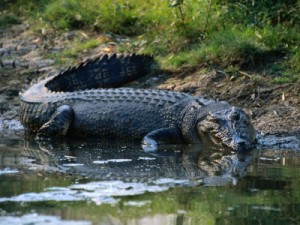 A saltwater crocodile at the Kakadu National Park
A saltwater crocodile at the Kakadu National Park
The most extraordinary view of Kakadu, Australia’s largest national park, is from the top of Ubirr rock. For as long as 60, 000 years – since humans first crossed into Australia – Aboriginal peoples have been gathering on this very rock during the rains, to take shelter in its nooks and crannies, to rest and talk. Viewed from this ancient vantage point, the craggy lines of the Arnhem plateau stand out against the azure sky.
Beneath Ubirr rock lies a huge and perfectly flat, lettuce-green flood plain, through which the lazy curves of the East Alligator River meander. During the wet, water cascades off the plateau and submerges thousands of acres of the Top End, turning dozens of sandstone outcrops such as Ubirr into little islands.
Bullo River Station, 621 miles
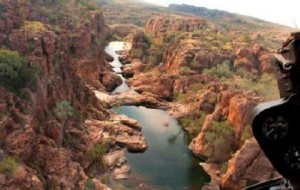
Southwest of Kakadu, huge views of the Gregory National Park open up. In the 1880s, the first cattle farmers rode into this part of East Kimberley, having driven their herds of shorthorn cattle all the way from Queensland, more than 600 miles away. Their epic struggles to make a living in the Top End were depicted in Baz Luhrmann’s film Australia. For all its panning by the critics, the film seems like understated realism after a few days at Bullo, hearing tales of discovering new pieces of rock art, fishing for barramundi, trapping crocodiles.
Gibb River Road, 777 miles
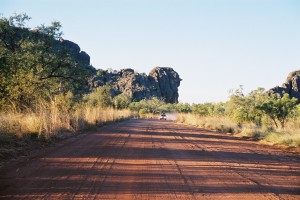
It’s a drive of several hours from Bullo to the turn-off to the start of the Gibb River Road. This is the only route through the centre of the Kimberley – the gigantic, barely inhabited wilderness that forms the northwest corner of Australia.
Closed during the wet, the 370 mile-long Gibb has a formidable reputation for challenging driving. But the Kimberley has the wonderful capacity to surprise: its vast and arid landscapes will suddenly throw up a series of sandstone bluffs like crusader castles, or split open into delicious gorges with tumbling cascades and thermal pools fringed with palms.
Broome, 1, 417 miles
It’s a long and beautiful drive to laid-back Broome with its long, low streets of houses with verandas, flags flapping jauntily in the sea breeze, leisurely strollers and bicycling families. Kids play football and catch crabs as the sun drops like a copper coin into the Indian Ocean.
A few minutes in the shower wash off layers of the journey’s orange-red dirt, but it will take much longer to stop dreaming of that wild, red road in the outback.
Preparing for the drive
The dry season (May to October) is certainly the easiest and most comfortable for travelling. The distances are huge, although the tarmac roads are good, straight and generally empty, and even the unsealed roads are well maintained.
A fortnight allows time for a decent overview of the area, with time to explore the Gibb and Kakadu. If you plan to explore the Kimberley in more detail, or go further off-road, make sure you allow three weeks or more.
A 4WD vehicle is recommended for the Gibb River Road. Travel prepared on any road trip through the Australian outback: carry plenty of drinking water and some food supplies, wear sunblock, a hat and cool, comfortable clothing. Request an extra spare tyre and you might consider hiring a satellite phone.
Check road conditions and river crossings before setting out, and stay with your vehicle should you break down. Sunset is early in the Top End, so plan your journeys to arrive in daylight. Be especially vigilant in the early morning and at dusk, when there are often animals on the road.
10 Nov 2011
http://www.lonelyplanet.com/australia/travel-tips-and-articles/76874
Average Rating: 4.4 out of 5 based on 224 user reviews.

